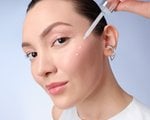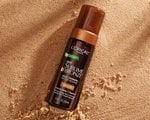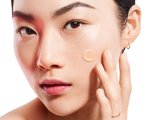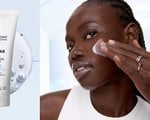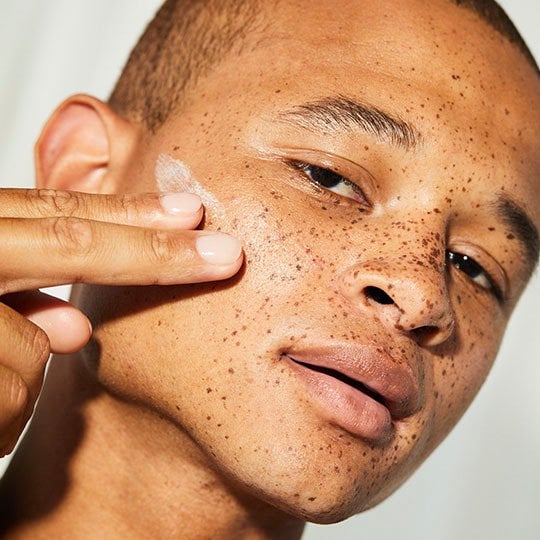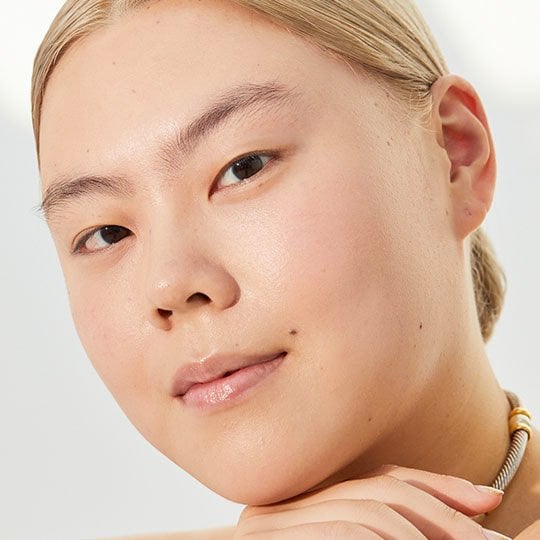How to Tell the Difference Between Birthmarks, Moles and Freckles
February 09, 2023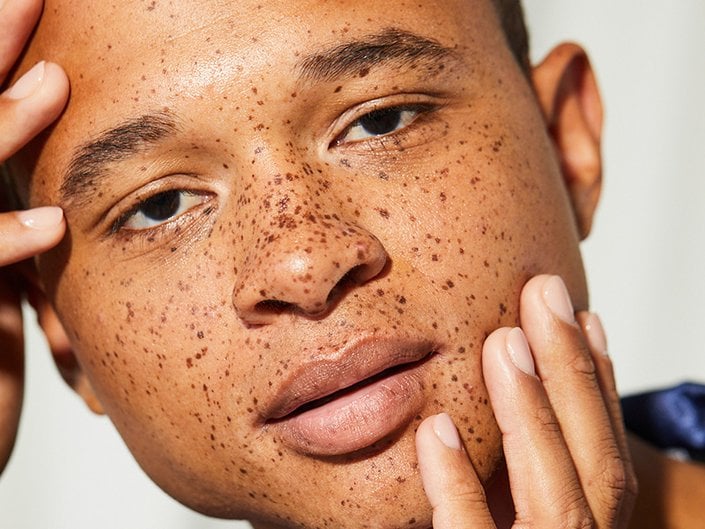
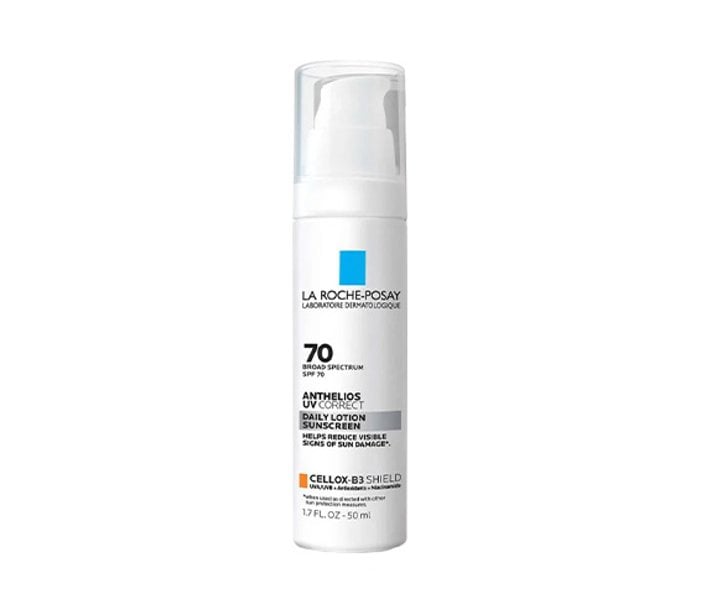
What Is a Birthmark?
True to their name, birthmarks are exactly what they sound like: marks on your skin from birth (or soon after birth). They come in all different shapes, sizes and colors, and they can crop up anywhere on the skin. Some may be so small and flesh-colored that you won’t notice them without a magnifying lens, while others are bigger and darker in appearance. Some stay on the skin permanently, while others may disappear over time.
“Birthmarks are moles present at birth or in the early childhood years as red or blue-ish vascular or pigmented lesions,” says Dr. Schmid. “A common birthmark named the ‘stork’s bite’ is a reddish patch at the base of the infant’s neck. It can be of significant shape and size and grow hair.”
What Causes Birthmarks?
As for what causes birthmarks, the answer isn’t quite clear. The good news is that birthmarks are usually harmless, but if you’re concerned about one, it’s always smart to check with your dermatologist.
How to Remove Birthmarks
As we stated before, most birthmarks will not present any health issues or risks, but if you don’t like the look of your birthmark or your dermatologist confirms that it’s growing in size, you do have a few treatment options.
As the AAD explains, laser therapy can reduce the appearance of a birthmark. In some circumstances, an injection of a corticosteroid by a dermatologist may also help shrink a birthmark called a hemangioma. But if you have a birthmark that could become skin cancer, such as a mole, or a large raised birthmark that you feel affects your appearance, you can speak to your dermatologist about your options.
Moles, Freckles, and Birthmarks: What's The Difference?
If you’re still a bit confused about the real difference between these three skin marks, don’t worry. The simplest way to remember the difference is to think about how each is caused, as well as their appearance.
“In simplest terms, freckles are usually skin cells that have extra pigment, often from the sun,” says Dr. Bhanusali. “Moles tend to be raised (though not always) and increase in size from childhood,” he says. Birthmarks can range from pigmented to vascular lesions that you were born with. They are usually caused by an issue with cell migration during initial development.”
How to Check Your Spots for Melanoma
While birthmarks, moles and freckles are typically harmless, it’s important to monitor all spots on your skin to help ensure they don’t transform into something more serious that could affect your health, like melanoma. Dr. Schmid notes that all types of lesions should be medically evaluated due to their predisposition to advance to cancer at a later age.
“Skin cancer can often mimic benign-appearing skin growths,” he says. “Skin lesions that demonstrate progressive growth, change in color, itch, burn, appear crusted, develop into a red patch, form a sore, bleed, ulcerate or demonstrate poor healing characteristics should be examined by a professional physician or skincare expert. Typically, melanomas present as darkly pigmented, purplish or black moles. They may develop as a new spot on normal skin or from a pre-existing brown mole.”
When it comes to checking your spots and marks, Dr. Schmid recommends following the “ABCDEs.” This ABCDE guide can help determine if a mole or spot may be melanoma.
The ABCDE Guide
A - stands for asymmetrical shape, meaning your mole isn’t even on both sides.
B - stands for border. Look for moles with irregular, scalloped borders.
C - stands for color. Does your mole have an uneven color?
D - stands for diameter. Is your mole larger than about 6 millimeters?
E - stands for evolving. Regularly check to make sure your mole isn’t growing abnormally in size, shape, or color.
Curious about a spot that’s painful or itchy? The Mayo Clinic recommends getting a checkup with your dermatologist. If you have a spot on your skin that shows any of the signs listed on the ABCDE guide, schedule an appointment with your doctor ASAP. Even if you think your spot seems fine, it’s always in your best interest to see a dermatologist for safe measure and peace of mind.
It’s also a good idea to start getting an annual skin exam with your doctor. During this appointment, you’ll get your skin thoroughly examined for skin cancer, including hard-to-reach and often overlooked areas like the skin on the scalp, fingers and nail beds, the back and even your toes and ears. Be sure to wear your hair loose and skip the nail polish and makeup on the day of your appointment so your skin is easy to examine.
You can also use the time to talk about any skin concerns like rashes or skin tags, as well as any familial medical history that could put you at a higher risk of developing skin cancer. If any of your moles display symptoms of melanoma, your doctor will perform a biopsy on the spot to give you a diagnosis. During the biopsy, part of your skin will typically be removed and sent to a lab for testing.
Additional reporting by Témi Adebowale


